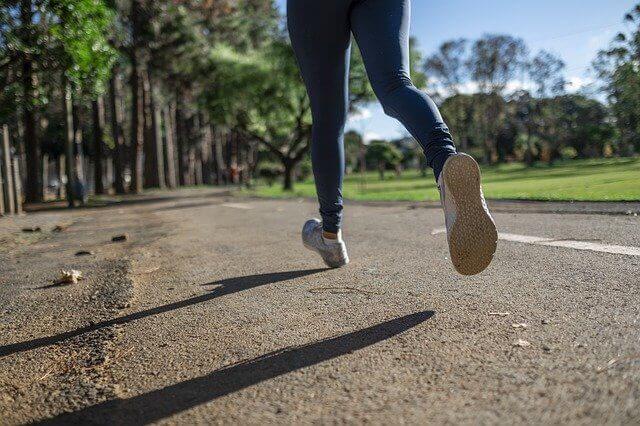Obstructive sleep apneais a breathing disorder that occurs during sleep. This is manifested by involuntary interruptions of breathing during the night.
The consequences of sleep apnea are numerous, ranging from simple fatigue during the day to chronic daytime sleepiness and headaches that can become real migraines.< /p>
In more serious cases, sleep apnea can lead to relatively severe illnesses such as pathologies linked to cognitive disorders, such as Alzheimer's disease >, and even cancer according to some studies. It is therefore imperative to treat this sleep breathing disorder!
There are now several therapies available to combat sleep apnea. From equipment to surgery to taking medication, these therapies are very effective. Unfortunately, these have a big drawback that can quickly dissuade people from following their treatment: they are very invasive.
Getting surgery can be scary, and wearing a respirator at night can be very cumbersome. Many people with sleep apnea prefer to start with lighter, more natural and less invasive therapies.
Scientific studies show that sleep apnea is often linked to a problem of being overweight. Losing pounds is often the best way to reduce this respiratory disorder.
In addition to being strongly recommended by dieticians for weight loss, regular moderate physical activity is a very effective way to fight and improve sleep quantitatively and qualitatively.
How does the practice of physical activity reduce sleep apnea?
One of the major risk factors in the onset of sleep apnea is being overweight. In fact, most people with obstructive sleep apnea are obese.
The first advice from doctors to reduce sleep apnea is therefore to lose weight. Physical activity is in most cases prescribed before approaching other possible methods and therapies. The weight lossobtained through the practice of physical activity very often makes it possible to overcome thissleep breathing disorder. In addition, apnea sleep often occurs as a result of obstruction related to abnormal upper airway thickness.
It has been shown that the practice of physical activity promotes the shrinkage of this thickness by acting on the regulation of bodily fluids. In addition, we find that regular exercise can significantly decrease the apnea-hypopnea index (AHI). This is an indicator that assesses the severity of sleep apnea in a patient.
Following this decrease in apnea, a rapid symptomatic improvement occurs: less fatigue and drowsiness during the day, fewer headaches and significantly reduced cardiovascular risks.
So do not hesitate to practice a daily sporting activity that you like. Running, cycling, swimming or even walking! This will increase your chances of breathing better during your sleep at night to benefit from all your energy during the day!
Find out more:








